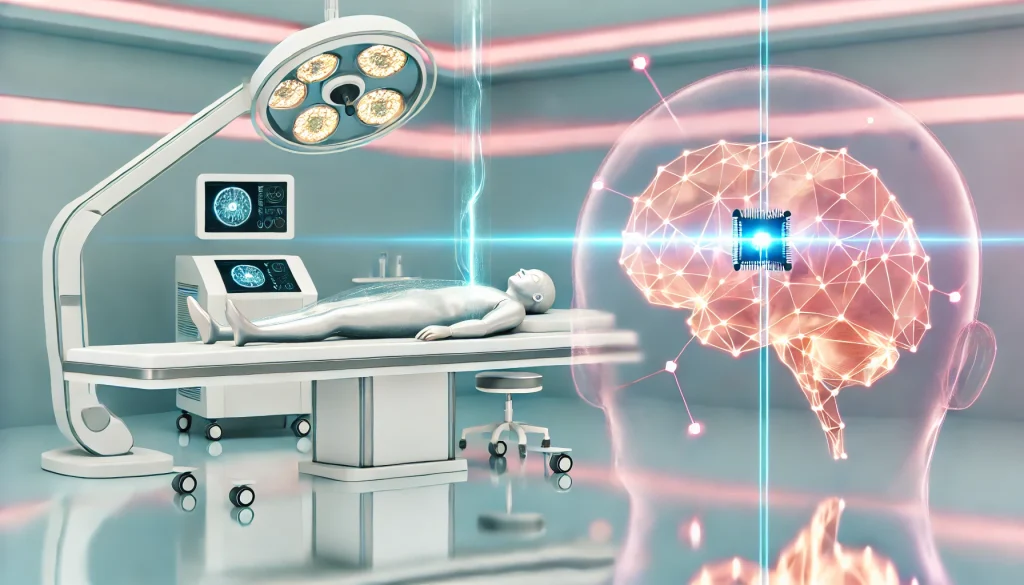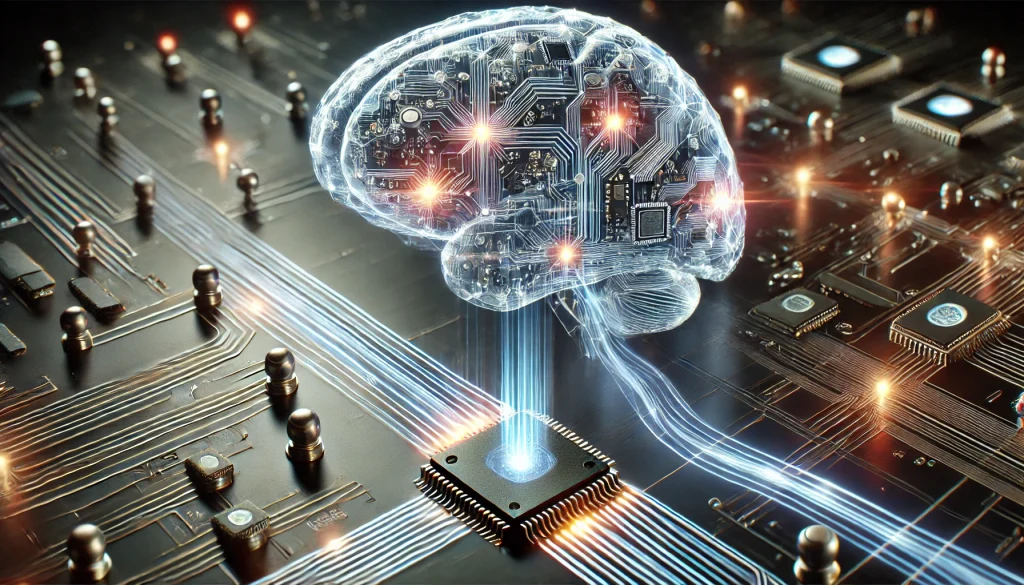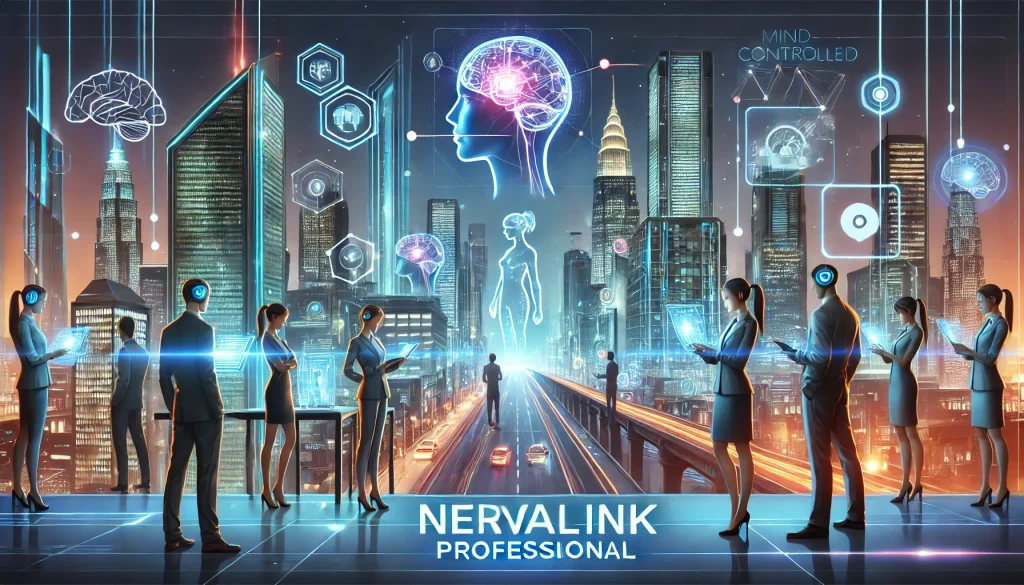
OVERVIEW
In September 2024, Neuralink, Elon Musk’s groundbreaking brain chip company, continues to make waves in the realm of technology and neuroscience. As we edge closer to the full potential of brain-computer interfaces (BCIs), Neuralink is breaking barriers in healthcare, AI, and human-machine integration. The company’s most recent advancements signal not only technological progress but also the arrival of new possibilities for individuals with disabilities and tech enthusiasts alike. With the integration of advanced artificial intelligence, enhanced user experiences, and notable improvements in chip performance, Neuralink is set to redefine how we interact with technology on a neurological level.
Recent developments in September focus on refining the user experience through smaller, more efficient brain implants, improving signal clarity, and broadening applications from healthcare to entertainment. However, challenges such as ethical concerns and regulatory approval remain. As Neuralink propels forward, it’s clear this technology is shaping a future where the human mind and machines work as one.
The Latest Breakthroughs and Updates in Neuralink

Since its inception, Neuralink has led technology and neuroscience, pushing the limits of human brain potential when paired with advanced hardware and software. But what’s new for September 2024? Here are the key updates that are shaping the world of brain-computer interfaces.
Smaller, More Efficient Brain Implants
One of the most exciting updates this month revolves around the miniaturization of the Neuralink implants. The brain chip, now even more compact, offers better integration with the brain’s neural tissue. This reduces any potential risks while enhancing the device’s performance. Users can now experience faster signal processing and improved connectivity to external devices, from smartphones to prosthetics. Moreover, the smaller design aims to make the implantation process less invasive, lowering the recovery time for patients.
Enhanced AI Integration
As artificial intelligence (AI) advances, so too does Neuralink’s ability to leverage these technologies within its chip system. By integrating more advanced AI algorithms, the brain chip can now provide users with more intuitive control over connected devices. For example, individuals can perform tasks like typing on a screen, browsing the web, or controlling smart home devices simply by thinking about the action. Enhanced AI enables the chip to interpret neural signals more accurately and quickly, creating a more natural user experience.
This technology is particularly promising for individuals with physical disabilities. Those who have lost control of their limbs due to spinal cord injuries can now use Neuralink to regain a semblance of independence by directly controlling robotic limbs with their thoughts.
| Feature | Neuralink Updates | Benefit |
|---|---|---|
| Miniaturized Implants | Smaller and more efficient | Faster processing and less invasive implantation |
| AI Integration | Advanced algorithms in use | More intuitive control over devices |
| Signal Clarity | Improved neural signal clarity | Enhanced user experience and faster response time |
Improved Signal Clarity for Brain-Computer Interaction
Signal clarity has been a challenge for many brain-computer interface projects. The more precise and clear the neural signals, the better the system can interpret them. In September 2024, Neuralink introduced a significant upgrade to the signal processing aspect of their brain chip. This improvement allows the brain-computer interface to better distinguish neural activity, resulting in more accurate interpretations of user intent.
By sharpening the clarity of these signals, users now experience a smoother interaction with external devices. Improved signal clarity enhances brain-machine interaction, making tasks like controlling robotic limbs or navigating the internet smoother, with less lag and fewer errors.
Broadening Neuralink’s Applications Beyond Healthcare
Neuralink, initially focused on healthcare for neurological disorders, is now exploring its potential in industries like entertainment and gaming. Imagine controlling your favorite video game character with nothing but your thoughts or manipulating a virtual environment in real-time. These new applications highlight the vast range of possibilities that Neuralink is beginning to explore.
The potential for augmented reality (AR) and virtual reality (VR) integration is especially exciting. Neuralink could provide a fully immersive AR or VR experience without the need for external controllers or keyboards. This would create a seamless link between the user’s brain and the digital environment, making interactions more intuitive and engaging.
Ethical and Regulatory Challenges Remain
Despite the significant advancements, Neuralink faces challenges, especially in ethical considerations and regulatory approval. There are growing concerns about privacy, data security, and the potential for misuse of the technology. Access to neural data and its use is central to the ethical debate. Neuralink, however, remains committed to addressing these concerns by working with regulators and developing strict data protection protocols.
Moreover, obtaining widespread regulatory approval, especially in the medical sector, has proven to be a slow and complex process. Though Neuralink can conduct human trials, full commercialization may take years due to legal and ethical challenges.
Conclusion

In summary, Neuralink continues to shape the future of human-machine interaction. With the breakthrough updates in September 2024, including miniaturized implants, advanced AI integration, and improved signal clarity, Neuralink’s technological potential appears limitless. Neuralink’s applications are expanding beyond healthcare into entertainment and other fields, showing that brain-chip technology may soon become mainstream.
As the technology develops, the challenges it faces—such as ethical dilemmas and regulatory hurdles—remain important. Neuralink is well-equipped to tackle its challenges and is leading the way toward a future where the brain and technology are more seamlessly integrated.
Neuralink is showcasing the potential of brain-computer interfaces (BCIs) to revolutionize healthcare and everyday interactions with machines. Recent advancements suggest we’re nearing a future where controlling technology with our minds could become a reality. It’s not just science fiction anymore; it’s the next step in human evolution.
FAQ
What is Neuralink?
Neuralink is a brain-chip company founded by Elon Musk, aimed at developing brain-computer interfaces to help people with disabilities and to enhance human potential by integrating with AI.
How does the Neuralink chip work?
The Neuralink chip interprets neural signals from the brain and translates them into commands that can control external devices, such as computers or robotic limbs.
What are the ethical concerns surrounding Neuralink?
The main ethical concerns include data privacy, the potential misuse of brain data, and the long-term effects of brain implants.
Resources
CapTech University. Neuralink’s Brain Chip: How It Works and What It Means.
Scientific American. Neuralink’s First User Describes Life with Elon Musk’s Brain Chip.
BuiltIn. What is Neuralink?.
Reuters. What Does Elon Musk’s Brain Chip Company Neuralink Do?.
Business Insider. Neuralink: Elon Musk’s Microchips in Brains.
